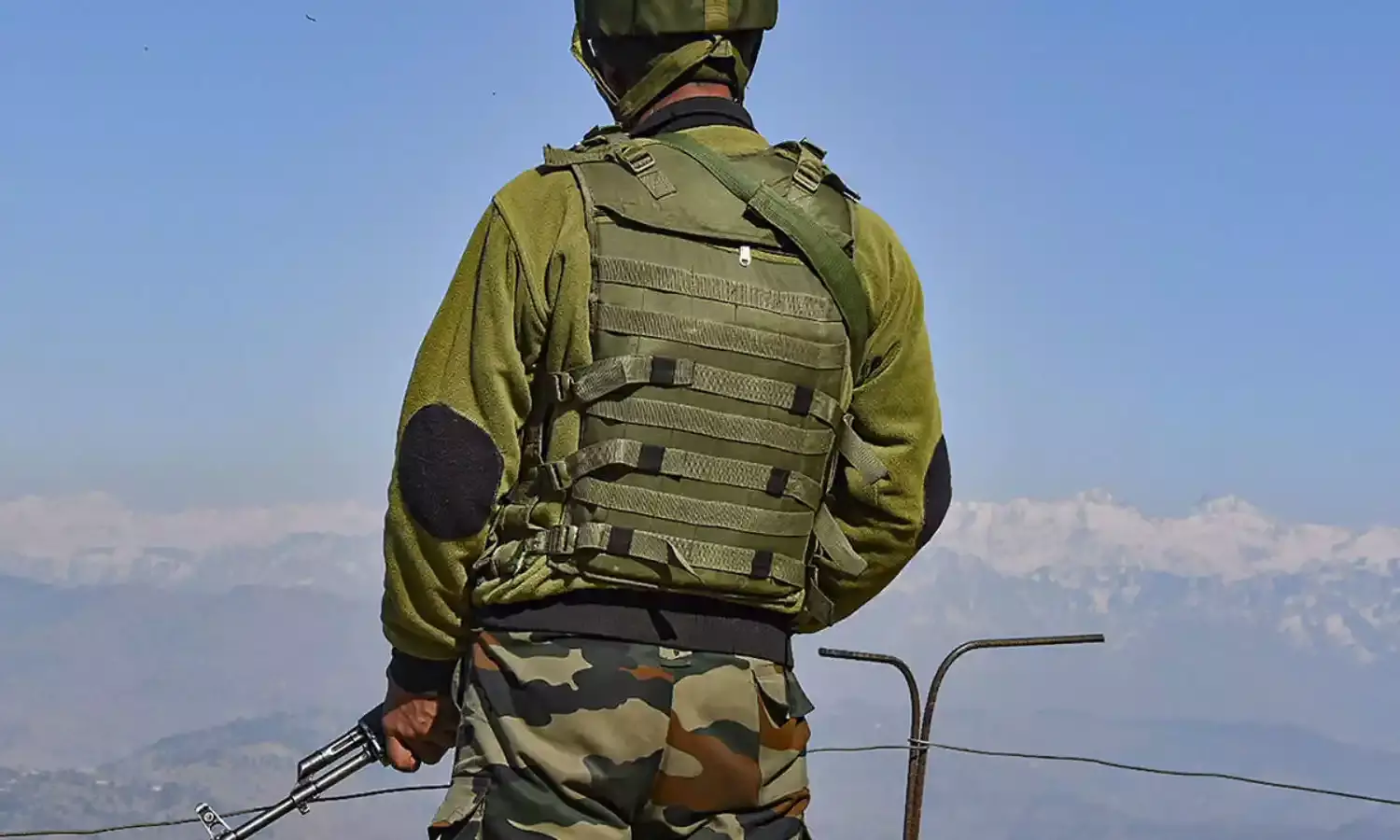The Role Of Leadership
In the Army, commanders lead by example
In November 2014, following an unfortunate incident in Budgam, near Srinagar, when two teenagers were shot dead by the troops in a case of mistaken identity, the Army Commander of Northern Command, told reporters during a presser, “We take responsibility for the death of the two boys in Kashmir”. This unusual apology was termed as ‘rare’ for the Army to admit such an error in speedy and unambiguous terms, demonstrating genuine sensitivity for the local population.
As per the conventional teaching of counter-insurgency, the local population is divided into three parts: one minority each supporting the government and the militants, and the majority that is neutral. The essence of operating for the security forces is to win over the neutral majority; if otherwise, the support for militancy grows.
By and large, the units have lived up to high standards of their above board professional conduct. However, sporadic cases of troops indulging in unfair means to serve ulterior ends do occur and are certainly not acceptable.
One such unfortunate incident took place when three civilians were allegedly killed during questioning by security forces after an ambush of Army personnel by militants in J&K’s Poonch district on December 21, 2023. The ambush by militants cost the precious lives of four soldiers.
As per media reports, Army’s inquiry found serious lapses in the conduct of seven-to eight personnel, including officers, at various levels. The initial findings of the inquiry indicated that the three civilians died of torture during interrogation.
The commanders at brigade and unit levels were accused of administrative lapses and lack of command and control. Seemingly, the standard operating procedures were flouted by the troops involved. The aforesaid commanders, though were not directly involved in the interrogation that led to these killings, were to face disciplinary actions.
In this particular incident and other similar ones in past, the leadership is a major facet that can make the difference. Given the regimentation in combat units, it is a given that conduct of troops is often a direct function of the personality and conduct of the leaders.
The leadership ethos in the Indian Army is based on personal examples set by leaders, especially at the tactical levels, i.e. unit and brigade.
In the incident mentioned in the opening of this piece when none less than the Army Commander had to apologise and the one of December 2023, the troops involved belonged to Rashtriya Rifles (RR) units. RR units have exceptional achievements in restoring the situation in J&K; an accomplishment that rests on sacrifices of personnel, under the par-excellent leadership.
It is brought out that unlike a regular fighting unit that comprises permanent troops, a RR unit has personnel drawn from various units on deputation, for two to three years. In this context the challenges for leadership in RR become all the more onerous with the task of binding the outfit in common ethos.
These challenges multiply in face of fast paced operations that are undertaken, giving no room for complacency on part of the leaders. In nutshell, leadership challenges are twofold, leading counter-insurgency and shaping up the command.
Insurgencies offer compartmentalised battlefields where the junior leadership of JCOs and NCOs have to exercise their command in absence of their company or battalion commander. The concept of Directive Style of command is a norm in such scenarios, where the junior leadership is relied to act independently and as per the intent of senior leadership.
Being well versed with the intent, on part of junior leadership is most crucial and it is the genius of tactical levels of leadership to ensure that the thought processes are aligned. It is much beyond the following of standard operating procedures, which of course is important.
Finally, the overarching role of military hierarchy can not be overlooked in the context. For a unit combating insurgency, the established parameters of success is often viewed through the prism of the number of militants killed.
While killing of militants certainly adds to the tangibles, the unit in their exuberance to achieve numbers, go overboard. This perception not only leads to incidents like the ones referred here but also in avoidable casualties of own troops.
In the current times of waning terror indices, shaping of a healthy operating environment is critical and the hierarchy can make all the difference. A reset in the concept of operating in insurgencies may be warranted, so as not to miss the wood for trees.
This is exactly what the Army Commander, in November 2014 endeavoured when he promptly took the responsibility of killings due to mistaken identity. Such an exemplary gesture not only brought out an honest image of the Army but also sent an effective signal within the organisation, as to where the priorities ought to be placed.
Colonel Shashank Ranjan is a retired Infantry Officer who has served in several appointments in Rashtriya Rifles formations, and commanded a battalion. He now teaches at the O.P. Jindal Global University. Views expressed are the writer’s own.




